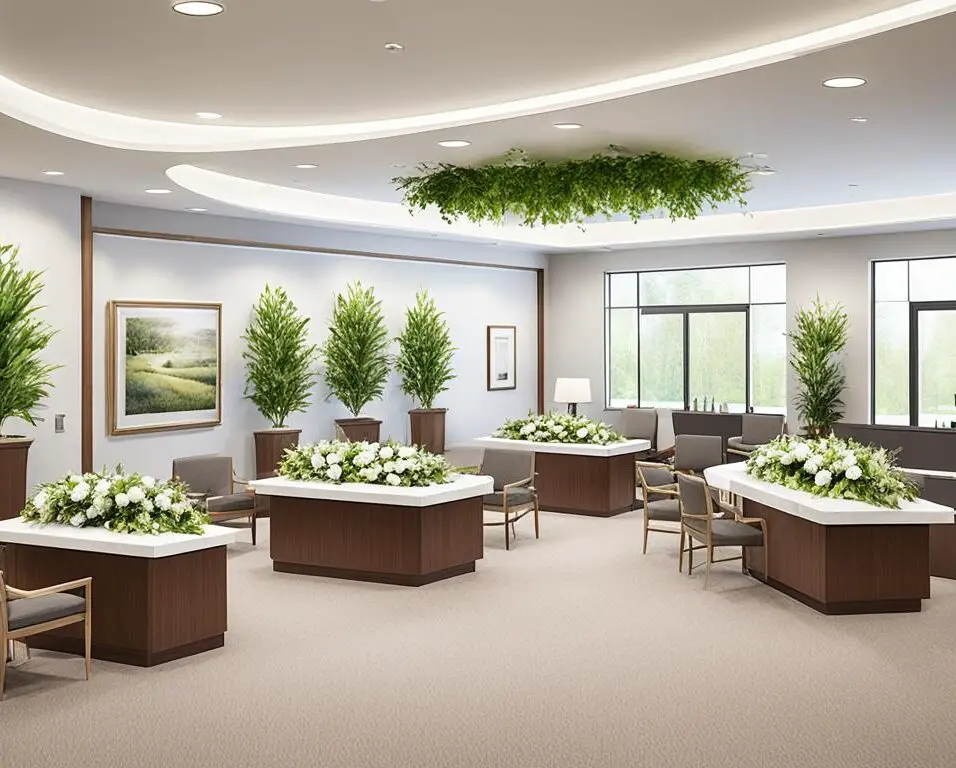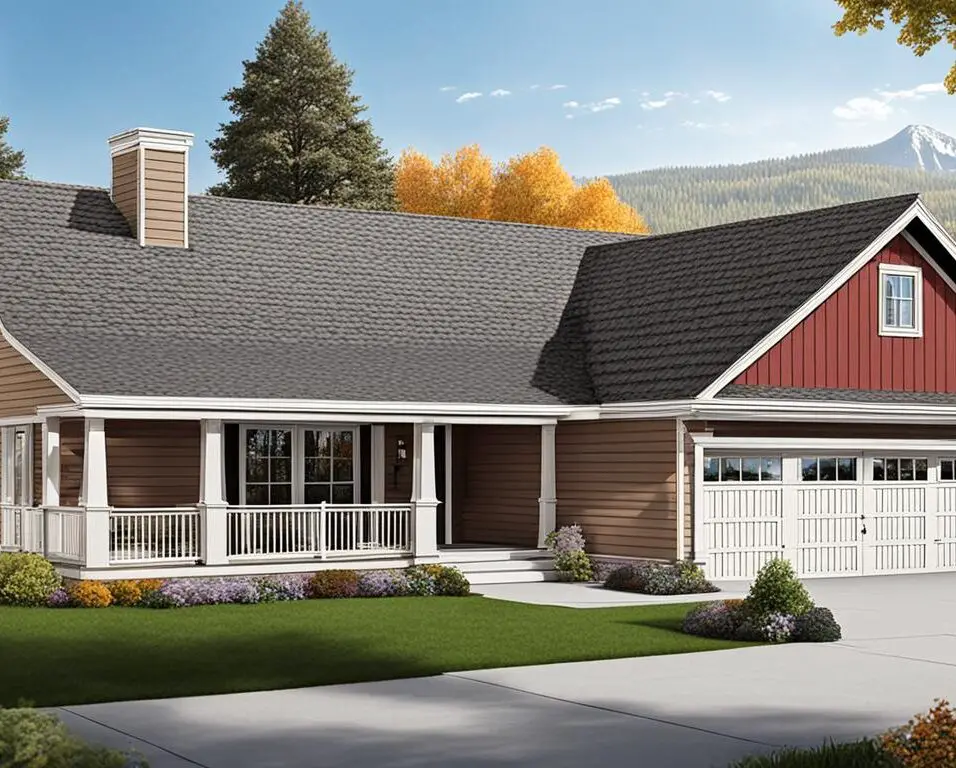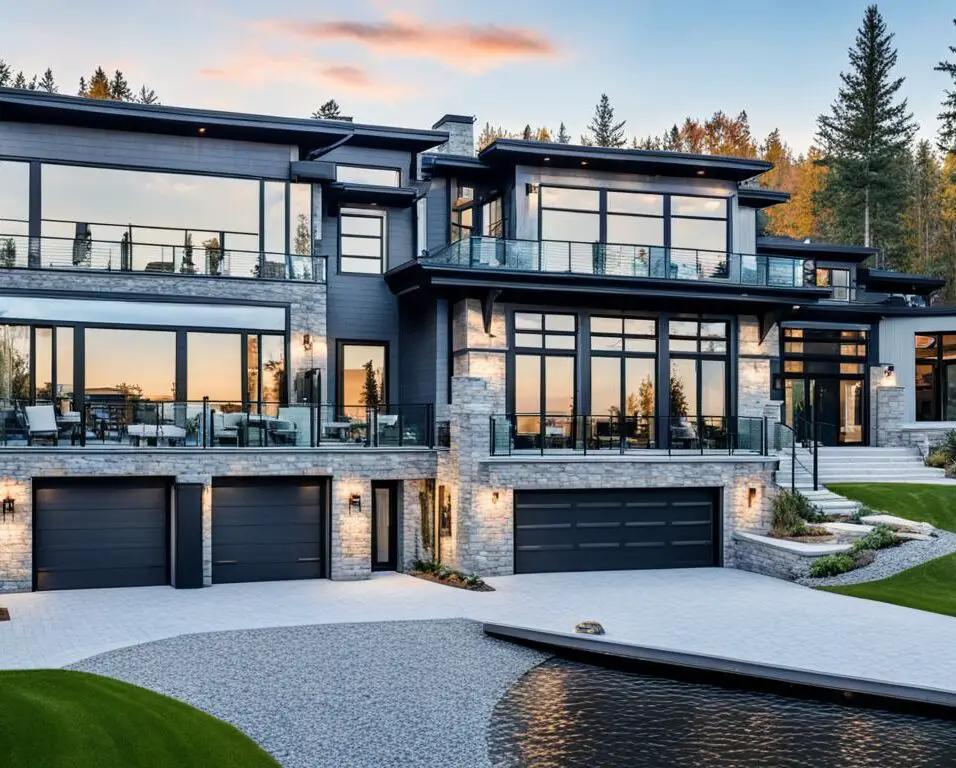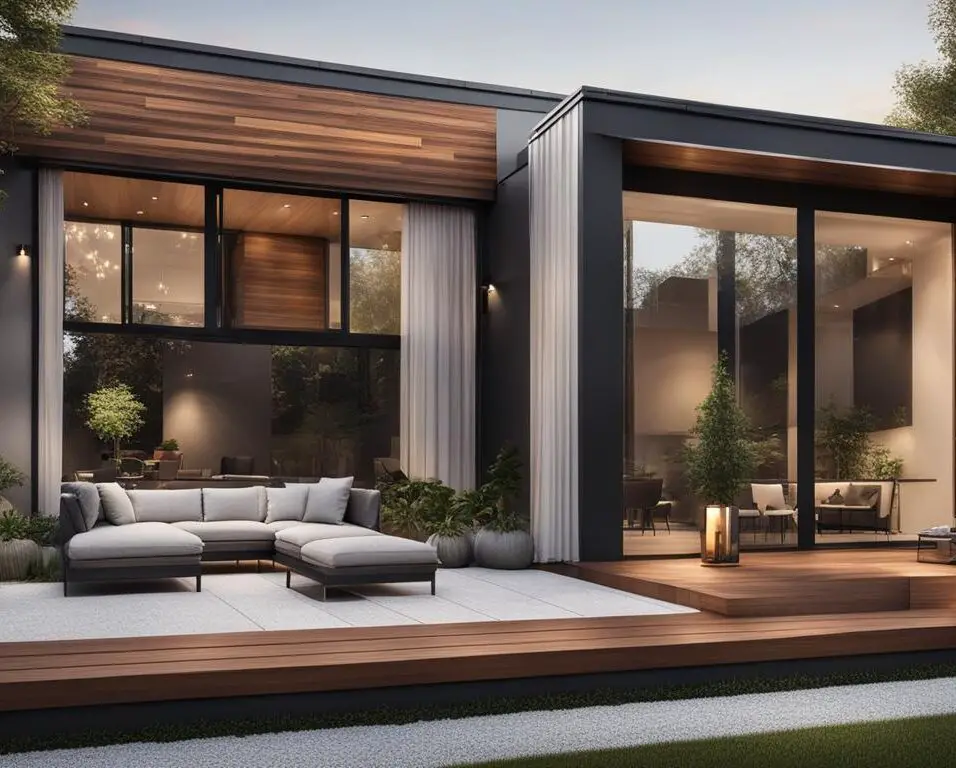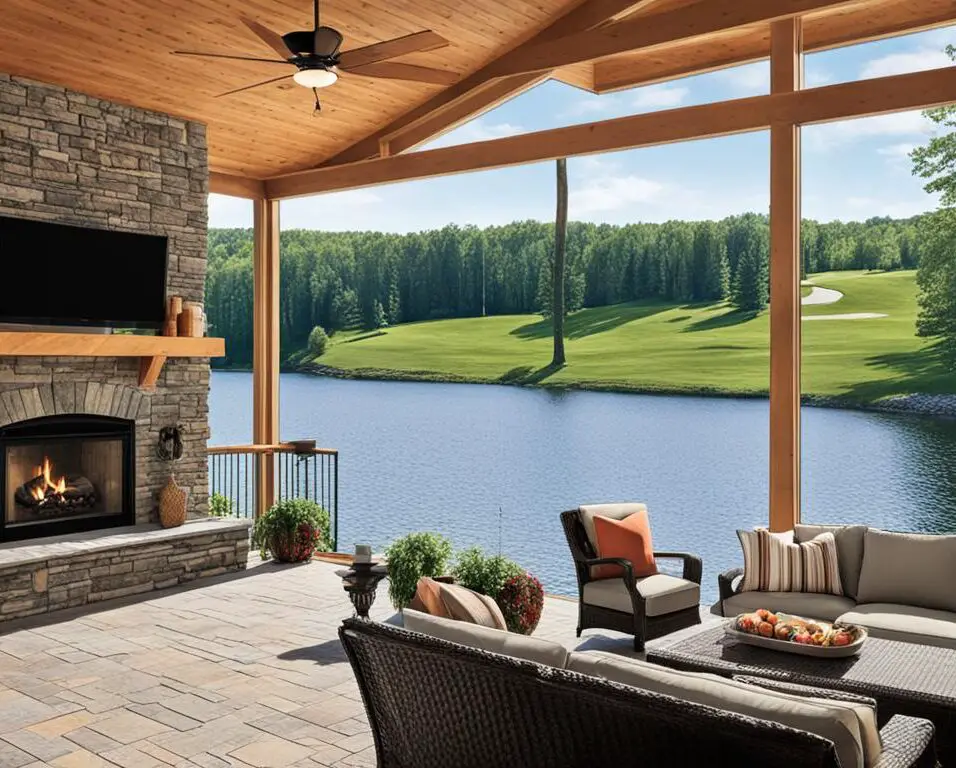How To Paint Panel Walls
Introduction
How To Paint Panel Walls: Embarking on the journey of painting panel walls is an exhilarating endeavor that promises to breathe new life into your living spaces. Whether you’re seeking a contemporary refresh, a burst of vibrant energy, or a subtle infusion of elegance, this guide is your compass to navigating the art of painting panel walls with finesse and flair.
Painting panel walls is an art form that transcends mere color application; it’s a symphony of hues that dances with light, texture, and design. This comprehensive guide is designed to be your trusted companion, offering expert insights, step-by-step instructions, and a wealth of inspiration to help you navigate the nuances of painting panel walls with confidence.
Unleash your creativity as we delve into the intricacies of selecting the perfect color palette, preparing surfaces for a flawless finish, and employing techniques that harmonize with your interior vision. Whether you’re aiming to transform a room into a serene sanctuary, a bold statement piece, or a cohesive backdrop for eclectic decor, the possibilities are as limitless as your imagination.
As we embark on this journey, remember that painting walls paneling is not just about changing colors; it’s about crafting an environment that resonates with your personality and lifestyle. Whether you’re a seasoned DIY enthusiast or a first-time painter, this guide will equip you with the knowledge and tools to embark on your painting adventure, ensuring that your finished masterpiece reflects your unique style and breathes fresh vitality into your living spaces.

What kind of paint do you use on paneling?
Overall, the best option for painting paneling is an interior latex paint with a satin finish. You’ll get the best of both worlds in terms of coverage, ease of cleaning and shine.
When painting paneling, it’s essential to choose the right type of paint that adheres well to the surface and provides a smooth, long-lasting finish. Here are the types of paint commonly used on paneling:
Latex Paint: Latex or water-based paint is a popular choice for paneling. It dries quickly, emits fewer fumes, and is easy to clean up with water. Latex paint also offers good durability and flexibility, making it suitable for wood paneling that might expand and contract with changes in humidity.
Oil-Based Paint: Oil-based paint provides a durable and high-gloss finish that can be suitable for certain types of paneling. It offers better adhesion on surfaces that might have a glossy or oil-based finish already. However, it has a strong odor, requires longer drying times, and necessitates paint thinner for cleanup.
Acrylic Paint: Acrylic paint is another water-based option that offers good coverage and adhesion. It dries quickly and produces a matte finish. It’s ideal for less glossy or textured paneling surfaces.
Chalk Paint: Chalk paint is a versatile option that adheres well to various surfaces, including paneling. It offers a unique matte, chalky finish and is known for its ease of use without the need for priming or extensive prep work.
Primer and Paint in One: Some brands offer primer and paint combinations that can simplify the painting process. These products can be used directly on paneling surfaces, saving you time and effort.
What is the best paint for Panelled walls?
Satin Paint is ideal for interior wood and works brilliantly on panelling. Having said that, if you prefer one of our Wall Paint colours, you could always paint your panelling with this instead – just expect a matt finish, rather than the slight silky sheen Satin Paint achieves.
What kind of paint do you use on paneling?
When painting paneling, it’s essential to choose the right type of paint that adheres well to the surface and provides a smooth, long-lasting finish. Here are the types of paint commonly used on paneling:
Latex Paint: Latex or water-based paint is a popular choice for paneling. It dries quickly, emits fewer fumes, and is easy to clean up with water. Latex paint also offers good durability and flexibility, making it suitable for wood paneling that might expand and contract with changes in humidity.
Oil-Based Paint: Oil-based paint provides a durable and high-gloss finish that can be suitable for certain types of paneling. It offers better adhesion on surfaces that might have a glossy or oil-based finish already. However, it has a strong odor, requires longer drying times, and necessitates paint thinner for cleanup.
Acrylic Paint: Acrylic paint is another water-based option that offers good coverage and adhesion. It dries quickly and produces a matte finish. It’s ideal for less glossy or textured paneling surfaces.
Chalk Paint: Chalk paint is a versatile option that adheres well to various surfaces, including paneling. It offers a unique matte, chalky finish and is known for its ease of use without the need for priming or extensive prep work.
Primer and Paint in One: Some brands offer primer and paint combinations that can simplify the painting process. These products can be used directly on paneling surfaces, saving you time and effort.
What is the best paint for paneled walls?
The best paint for paneled walls largely depends on the type of paneling, your desired finish, and the overall look you’re aiming for. Here are some considerations for selecting the best paint:
Surface Preparation: Before painting, ensure the paneling is properly cleaned, sanded, and free of any dirt or grease. Proper surface preparation is crucial for paint adhesion.
Primer: Using a high-quality primer before painting can enhance adhesion and provide a smooth base for the paint. If your paneling has a glossy or uneven surface, a primer can help create a uniform finish.
Paint Finish: For paneled walls, satin or semi-gloss finishes are often recommended. They provide a slight sheen that’s easy to clean and offers a durable surface. However, the choice of finish depends on your personal preference.
Type of Paint: Latex or acrylic paints are commonly used due to their ease of use, low odor, and quick drying times. They are suitable for most paneling types and offer good coverage.
Color and Style: Consider the color of the paint and how it fits into your overall design scheme. Lighter colors can make a space feel more open, while darker shades can create a cozy ambiance.
Ultimately, the best paint for paneled walls is one that suits your specific needs, preferences, and the type of paneling you’re working with. Always test a small section before painting the entire area to ensure you achieve the desired result.
Can I paint directly on paneling?
Paint the Paneling
Apply a thin coat of paint to all paneling surfaces. Begin at the top and work your way down, making sure to cover all the gaps between the panels. With your brush, remove any excess paint that collects in the panel grooves. Take care of any drips right away, too.
Yes, you can paint directly on paneling, but there are important steps to take to ensure a successful and lasting finish. Proper preparation is key to achieving the desired result. Here’s a step-by-step guide for painting paneling:
Clean the Surface: Thoroughly clean the paneling to remove any dirt, grease, or residue. Use a mild detergent and water, then rinse and allow the surface to dry completely.
Sand the Surface: Lightly sand the paneling’s surface to create a slightly rough texture. This helps the paint adhere better. Sanding also helps smooth out any imperfections or glossy finishes.
Fill Gaps and Holes:
If your paneling has gaps, holes, or seams, use a wood filler to fill them in. Sand the filler once it’s dry to create a smooth surface.
Apply Primer: Applying a primer is crucial for good paint adhesion. Choose a high-quality primer that’s suitable for the type of paneling you have. Apply an even coat and let it dry according to the manufacturer’s instructions.
Paint Application: Once the primer is dry, you can start painting. Use a paintbrush or roller to apply the paint in even strokes. Depending on the paneling’s texture, you may need to use both a brush and a roller to ensure complete coverage.
Multiple Coats: Depending on the color and the original paneling color, you might need to apply multiple coats of paint to achieve the desired color and coverage. Allow each coat to dry before applying the next.
Finishing Touches: After the final coat has dried, inspect the painted surface for any uneven areas or missed spots. Touch up as needed.
Is painting paneling a good idea?
When it comes to paint ideas in the home, adding color and character to your paneling is a quick and easy way to transform the look of a space. With there being an array of paneling designs for interiors of all sizes, ages and styles, there are many paneling paint ideas you can choose from to best suit your home.
Painting paneling can be an excellent idea for several reasons:
Modernization: Paneling that looks dated can be instantly transformed with a fresh coat of paint. This allows you to modernize your space without the cost of removing or replacing the paneling.
Personalization: Painting paneling gives you the opportunity to personalize your space according to your preferred color scheme and design style.
Texture and Depth: Paint can enhance the texture and depth of paneling, bringing out its natural beauty while adding a layer of visual interest.
Budget-Friendly: Painting paneling is a cost-effective alternative to other renovation options. It allows you to achieve a significant transformation without breaking the bank.
Room Brightening: Light-colored paint can brighten up a room, making it feel more open and inviting.
However, it’s important to consider the type of paneling you have and its condition. If the paneling is in poor shape, has significant damage, or is made of valuable wood, painting might not be the best option. In such cases, consulting with professionals can help you make an informed decision. Additionally, proper preparation and choosing the right type of paint are crucial for a successful painting project.
What is the best primer for paneling?
For laminate or veneer paneling, INSL-X® Stix® primer, specifically engineered to bond with challenging glossy surfaces, will give you the best results. For hardwood paneling, INSL-X® Aqua Lock® or Fresh Start® High-Hiding Primer, 046 will both provide better stain blocking for real wood, with very good adhesion.
Choosing the best primer for paneling depends on the type of paneling material and the desired finish. A high-quality primer is essential for ensuring proper paint adhesion and a smooth, long-lasting finish. Here are some types of primers that work well for different types of paneling:
Oil-Based Primer: An oil-based primer is a good option for paneling with a glossy or semi-glossy finish, as it provides better adhesion on such surfaces. It can also be suitable for paneling made of wood with knots and other imperfections.
Shellac-Based Primer:
Shellac-based primers are excellent for sealing stains, knots, and odors that can bleed through the paint. They also adhere well to various surfaces, making them a versatile choice.
Latex Primer: A latex or water-based primer is a popular choice for most paneling types, especially if you plan to use latex paint for the topcoat. They have low odor, dry quickly, and are easy to clean up with water.
Stain-Blocking Primer: If your paneling has dark or stained areas, consider using a stain-blocking primer. These primers prevent the stains from bleeding through the paint, ensuring an even finish.
All-in-One Primer and Paint: Some products combine primer and paint in one, which can simplify the process. These are suitable for paneling in good condition without significant stains or knots.
When choosing a primer, consider the paneling’s material, texture, and any specific issues you need to address, such as stains or glossy surfaces. Always read the manufacturer’s recommendations and ensure the primer is compatible with the type of paint you plan to use for the topcoat.
What is the best color to paint paneling?
White is always classic and is currently all the rage. It can give your wood-paneled wall the “pop” to stand out in a great way. Use black, navy or dark grey as furniture and wall decor accents and you can’t go wrong.
The best color to paint paneling depends on your design preferences, the overall color scheme of the room, and the atmosphere you want to create. Here are a few color options to consider:
Light Neutrals: Light and neutral colors, such as soft whites, creams, and pale grays, can brighten up the space and create an airy and open feel. These colors work well in both traditional and contemporary settings.
Pastels: Soft pastel colors like light blues, greens, or pinks can add a touch of whimsy and elegance to the paneling. These colors are particularly suitable for rooms where you want to create a calming and serene ambiance.
Warm Earth Tones:
Warm earthy colors like terracotta, warm browns, and muted oranges can enhance the coziness of the space. They create a welcoming and inviting atmosphere that complements the wood’s warmth.
Bold and Dark Tones: If you’re looking to make a bold statement, consider darker colors like deep blues, charcoal grays, or rich forest greens. These colors can create a dramatic and sophisticated look, especially when balanced with ample lighting.
Two-Tone Approach: You can also consider a two-tone approach, where you paint the paneling and the wall above it in different colors. This can add visual interest and depth to the space.
When choosing a color, consider the natural light in the room, the existing furniture and decor, and your personal style. It’s always a good idea to test a small area with the chosen paint color to see how it looks in the actual lighting conditions of the room before committing to painting the entire space.
How do you make paneling look good?
How to Make Wood Paneling Look More Modern
- APPLY SOME PAINT. For an easy, quick update to your wood paneling, add a fresh coat of paint.
- CREATE A GEOMETRIC PATTERN.
- WHITEWASH YOUR WOOD.
- INSTALL PANELING ON THE CEILING.
- TRY SHIPLAP.
- MIX AND MATCH COLORS.
- ADD TEXTURE.
- INSTALL WAINSCOTTING.
Making paneling look good involves a combination of thoughtful design choices, color selection, and creative techniques.
Here are some effective ways to enhance the appearance of paneling:
Painting: Painting is one of the most transformative methods. Choosing the right color that complements the room’s style and desired ambiance can instantly modernize paneling. Lighter shades can make a space feel more open, while deeper hues can add warmth and coziness.
Texture Play: Layering textures can soften the look of paneling. Incorporate textiles like curtains, area rugs, and plush cushions to balance the wood’s harder texture.
Furniture and Decor: Select furniture and decor that contrasts with the paneling’s color and texture. This contrast can create visual interest and prevent the paneling from feeling overwhelming.
Gallery Wall: Adorn the paneling with artwork, photographs, or decorative items to draw attention away from the paneling itself. A well-curated gallery wall can transform the paneling into an artistic backdrop.
Vertical Lines: Incorporate vertical lines in the decor to visually elongate the walls and create a sense of height. Tall bookshelves, floor-to-ceiling drapes, or vertical artworks can achieve this effect.
Accent Wall: Consider creating an accent wall with a different material, such as brick, stone, or wallpaper. This can break up the visual monotony of the paneling and add architectural interest.
Lighting: Proper lighting can enhance the paneling’s texture and color. Use a mix of ambient, task, and accent lighting to create depth and highlight specific areas.
Can you use acrylic paint on paneling?
Most interior rooms are painted with oil-based paint, which could start to peel and flake over time. You need something with stronger adherence and the durability to withstand adhering to wood for years and years. Most experts recommend acrylic latex paints for wood paneling.
Yes, you can use acrylic paint on paneling, but there are some important considerations to keep in mind:
Surface Preparation: Properly prepare the paneling surface before applying acrylic paint. Clean the surface thoroughly to remove dust, dirt, and grease. Sand the paneling lightly to create a slightly rough texture, which helps the paint adhere better.
Primer: It’s recommended to use a primer before applying acrylic paint. A primer improves paint adhesion and provides a smooth base for the paint. Choose a primer that’s suitable for wood surfaces.
Paint Application: Acrylic paint can be applied using a paintbrush or a roller. Apply the paint in even strokes, working in the direction of the wood grain. Depending on the color and desired coverage, you may need multiple coats.
Drying Time:
Acrylic paint dries relatively quickly, so make sure to work efficiently to achieve a consistent finish. Allow each coat to dry completely before applying the next.
Sealer or Topcoat: Consider applying a clear sealer or topcoat over the acrylic paint to protect the finish and increase its longevity. This step is particularly important in high-traffic areas.
Color Consistency: Keep in mind that the color of the acrylic paint can look slightly different on the paneling compared to how it appears on other surfaces due to the wood’s texture.
When using acrylic paint on paneling, take your time during the preparation and application process to ensure a smooth and even finish. Acrylic paint is a versatile option that provides a wide range of colors and finishes, making it suitable for achieving various design aesthetics.

Conclusion
In the realm of interior transformation, the journey of painting panel walls reaches its crescendo, leaving behind a trail of renewed aesthetics and invigorated spaces. As we conclude this guide, it’s evident that painting panel walls isn’t simply about adding color; it’s about infusing life, personality, and a touch of your unique essence into every brushstroke.
The artistry of painting panel walls, explored within these pages, reveals itself as a profound means of expression. From choosing the perfect hues that resonate with your vision to executing flawless techniques that turn walls into canvases, you’ve acquired a toolkit that extends beyond paintbrushes and rollers – it encompasses the marriage of creativity and precision.
Our journey through color palettes, priming, painting, and finishing touches underscores the attention to detail required to achieve a transformative outcome. With every stroke, you’ve woven your intentions and design aspirations onto the walls, resulting in spaces that exude character and charm.
As you step back and witness the culmination of your efforts, remember that painting panel walls isn’t solely about aesthetics. It’s about cultivating an environment that reflects your personality, nurtures your well-being, and encapsulates your dreams. Each hue you’ve chosen tells a story, each layer of paint contributes to an evolving narrative, and each corner of the room now holds a piece of your heart.
May this guide continue to inspire you to explore the captivating world of painting panel walls with curiosity and confidence. Your creative journey is ongoing, and your spaces are living canvases waiting for the next stroke of your imagination. So, let the colors flow, let the walls sing, and let your home become a masterpiece that resonates with the symphony of your unique style.



